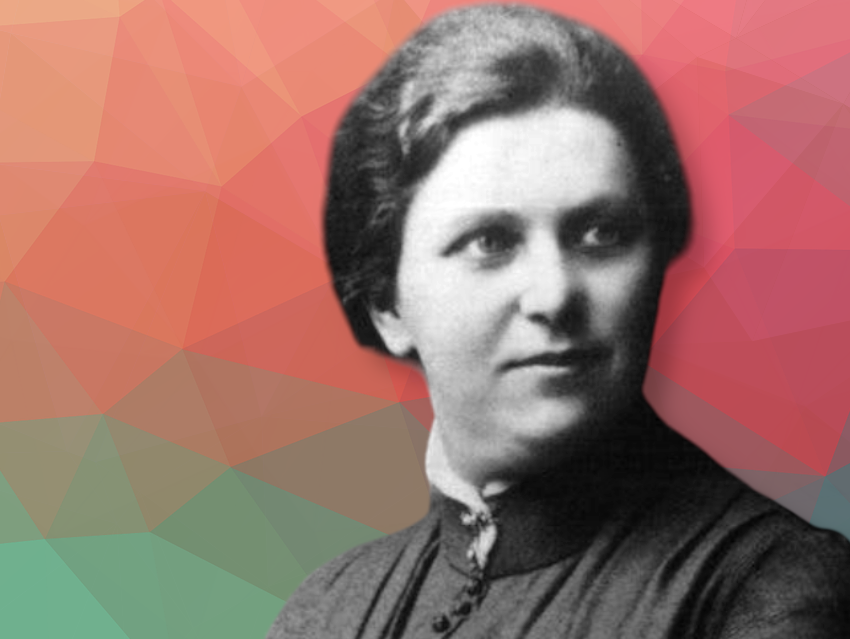Ida Freund (see Fig. 1), born in Vienna, Austria, in 1863, made history as the first woman in the UK to hold a university lectureship in chemistry [1]. Most of her career was spent at Newnham College, Cambridge, UK, a women’s college where she created a lively, challenging environment at a time when female students were often not allowed in the main university labs. Through her work, she has demonstrated that science could be both intellectually rigorous and fun.
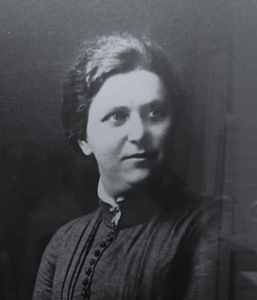
Figure 1: Ida Freund, portrait photograph as exhibited in the Old Labs, Newnham College, Cambridge, UK.
Freund had a difficult childhood. She lost her parents early and suffered a serious leg injury. At the age of nineteen, Freund moved to England to pursue better educational opportunities. There, she briefly lectured at the Cambridge Training College for Women before joining Newnham as a demonstrator in 1887 and becoming a full lecturer in 1890 [1, 2, 3]. Despite the challenging upbringing, she conscientiously kept pushing boundaries to open academic and professional doors for women, which has been broadly acknowledged. Her colleagues and friends, Arthur Hutchinson (1866–1937) and Mary Beatrice Thomas (1873–1954), noted how she “laboured till her retirement in 1912” and “triumphed over disabilities … that would have daunted a less intrepid spirit” [5].
Inspired Teaching Methods
Academically and professionally, Freund was deeply invested in teaching, which enabled her to develop didactical insights critical at the time for inspiring female students in chemistry and science in general. Freund insisted on giving women the same level of academic rigor as their male counterparts, while adding elements of playfulness to spark their curiosity.
Anecdotally, she is well known for baking the first “Periodic Table of Cupcakes,” each cupcake element topped with an element’s name, symbol, and atomic weight, and decorated according to its valency. In other accounts of her work and engagement with students, she is also known to have prepared covers for chocolate featuring the biographies of influential scientists who changed the course of chemistry, with the intention to inspire students to understand how chemical theories evolved over the century [1]. These methods, combining historical perspective, academic rigor, and playfulness are core of what we nowadays refer to as student-centred teaching approaches.
Meticulously Researched Books
Freund has been active in research, leading to work as a single author on heat and neutralisation in 1909 [6]. However, her lasting influence largely comes from two major books she has authored (see Fig. 2) [1].
The first, The Study of Chemical Composition (1904), is a compilation of lectures she has evolved through her teachings and covers the foundational theories of chemistry [4]. The book at the time represents one of the first deep and insightful accounts of how understanding of the subject has evolved, what experimental insights and experiments were critical in developing a particular line of thought, and what forms of new experiments could disprove previous assumptions. The book is a testament of Freund’s teaching method.
Early on, in this book she writes: “I have preferred to deal in greater detail with a few researches … than to treat a greater number more cursorily. I believe in the truth and wisdom of what Lavoisier said more than a century ago, that in such matters ‘the choice of proofs is more important than their number.’” In other words, she has been carefully selecting examples of the research literature, and qualitative results to explain the chain of thought that has prevailed in the development of the subject.
Her second book, The Experimental Basis of Chemistry (1920), was published posthumously by colleagues and laid out forward-thinking laboratory exercises designed to help students discover core chemical laws on their own [5].
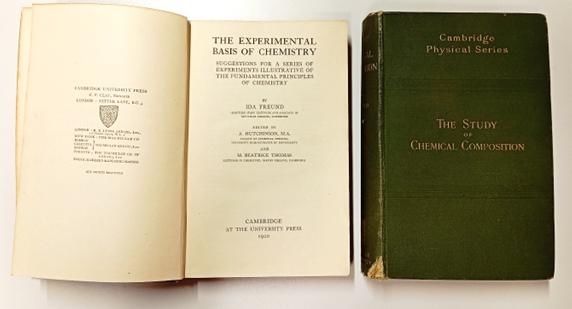
Figure 2. Ida Freund’s books, The Study of Chemical Composition and The Experimental Basis of Chemistry.
Women’s Rights
In addition to her involvement in teaching, Freund was also a champion of women’s rights. She actively supported efforts to admit women to professional societies, such as the Chemical Society, which had long barred them [1]. The Chemical Society is one of the key founding entities to the Royal Society of Chemistry, UK.
Beyond that, she offered specialized summer courses in which she taught aspiring women scientists how to build their own apparatus, reflecting her determination to give women every tool they needed for success [2, 3, 7]. Pieces of equipment built or designed by Freund and her students are still nowadays exhibited at the Whipple Museum in Cambridge as well as the “Old Labs” in Newnham College. These include fume hoods [8], but also different forms of glassware, and measuring apparatus (see Fig. 3).
In 1920, twenty one female chemists were jointly admitted to the Chemical Society, among these Ida Maclean (nee Smedley, 14.6.1877 – 2.3.1944) is regarded as the first female member [9].
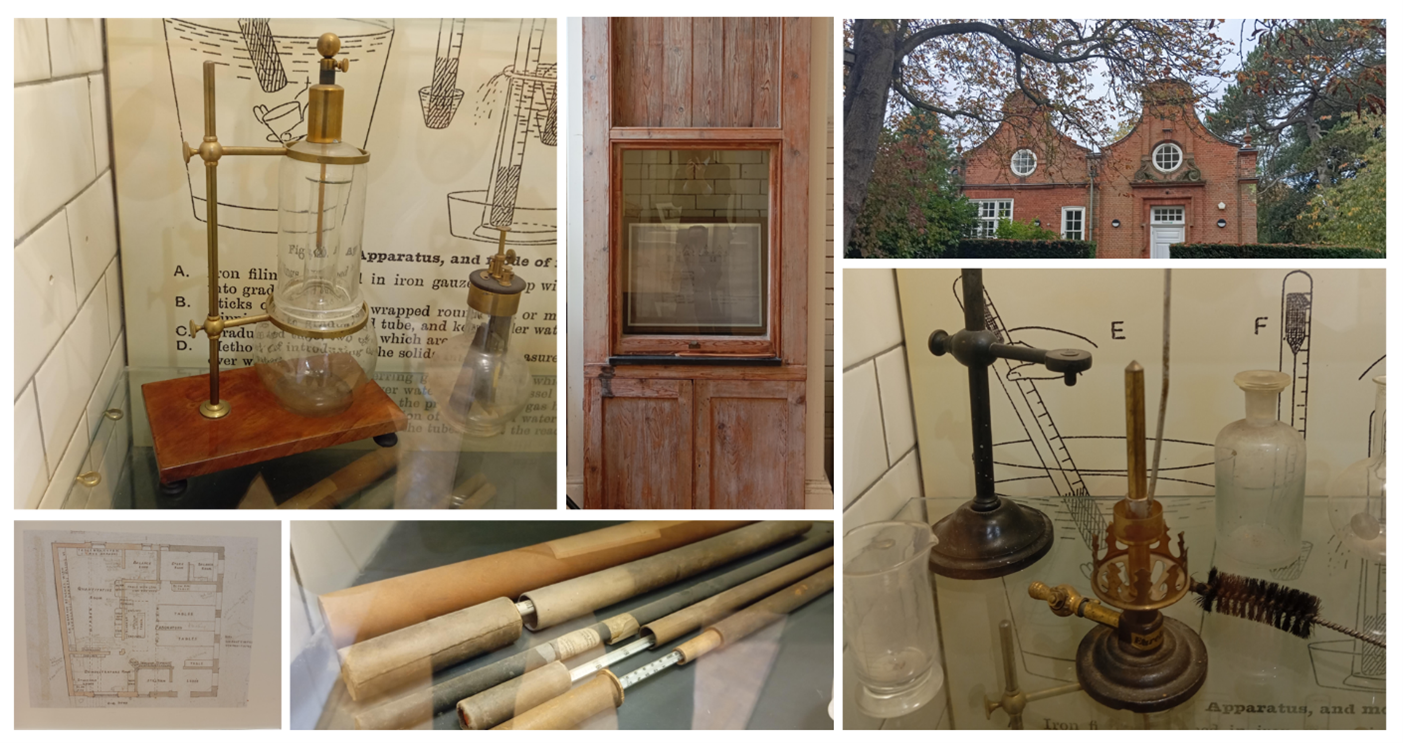
Figure 3. A photograph of the Newnham College Old Laboratory and the original apparatus used by Freund and her students.
Rigorous Scholarship, Creativity, and Activism
Most of the accounts by students that have been collected and reported by Professor Alan Dronsfield, University of Derby, UK, note that students often have experienced Freund as a strict lecturer, especially in their first year at the university, as she would quickly and directly point to careless mistakes or behaviour. However, as they gradually improved and got more involved in the subject, they would ultimately grew fond of her warm nature [2, 3]. Many later openly acknowledged that her guidance led them to paths that otherwise would have remained closed [1].
Ida Freund passed away in 1914, and Newnham College set up a memorial fund in her name to support women’s studies in the physical sciences [2, 3]. While she may not enjoy the same visibility as other figures from her era, her blend of rigorous scholarship, creativity, and activism is a powerful reminder of how teaching can foster inclusion. Whether it was her cupcake periodic table, her meticulously researched books, or her drive to help women enter scientific societies, she showed that diversity, cultural, intellectual, and gender-based, can spark real progress in science. Freund’s story proves that perseverance, empathy, and fresh perspectives can reshape education and open new opportunities for future generations in chemistry.
References
[1] Bill Palmer, Ida Freund: Teacher, Educator, Feminist, and Chemistry Textbook Writer, Trans. ICS 2007, 2, 49–54.
[2] Alan Dronsfield, Newnham College Biographies 2011. https://newn.cam.ac.uk/about/history/biographies (accessed March 12, 2025)
[3] Margaret Hill, Alan Dronsfield, Ida Freund – pioneer of women’s education in chemistry, Education in Chemistry 2004, 41(5), 136–137. (accessed March 12, 2025)
[4] I. Freund, The Study of Chemical Composition, Cambridge University Press, Cambridge, UK, 1904.
[5] The Experimental Basis of Chemistry (Eds: A. Hutchinson, M. B. Thomas), Cambridge University Press, Cambridge, UK, 1920.
[6] I. Freund, Der Einfluss der Temperatur auf die Volumenänderung bei der Neutralisation für verschiedene Salze bei verschiedenen Konzentrationen, Zeitschrift für Physikalische Chemie 1909, 66, 353–378. https://doi.org/10.1515/zpch-1909-6629
[7] M. Rayner-Canham, G. Rayner-Canham, The Cambridge and Oxford Women’s Colleges in Chemistry was Their Life: Pioneer British Women Chemists, 1880–1949, World Scientific Publishing Co Pte Ltd., Singapore, 2008, 215–260. https://doi.org/10.1142/9781860949876_0007
[8] Whipple Museum of the History of Science, Fume Cupboard Made for Newnham College for the Teaching and Practice of Chemistry for Female Students, Accession No. 5616. (accessed March 12 2025)
[9] Marelene F. Rayner-Canham, Geoffrey W. Rayner-Canham, Pounding on the Doors: The Fight For Acceptance of British Women Chemists, Bull. Hist. Chem. 2003, 28(2), 110–119.
Also of Interest
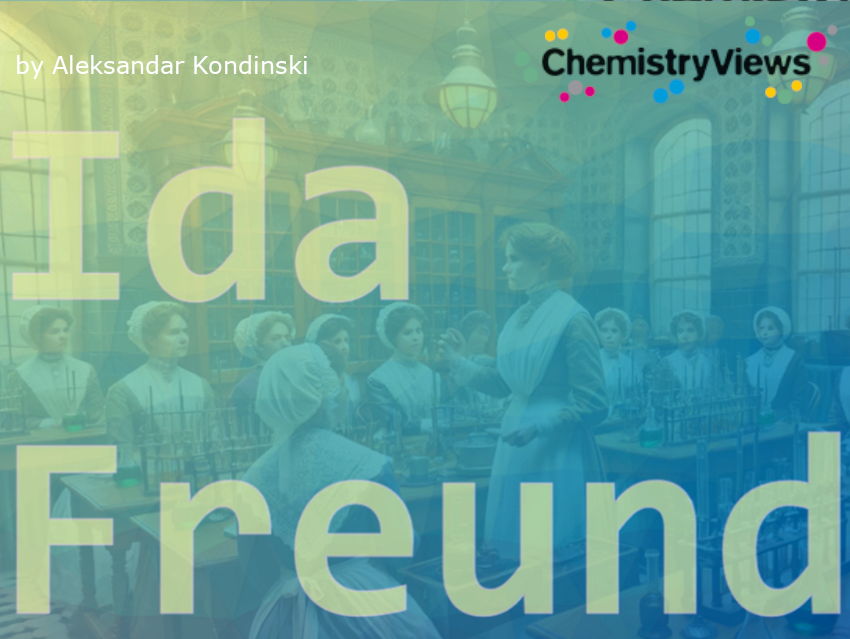
Video: Ida Freund
This short video gives an introduction to her life and legacy
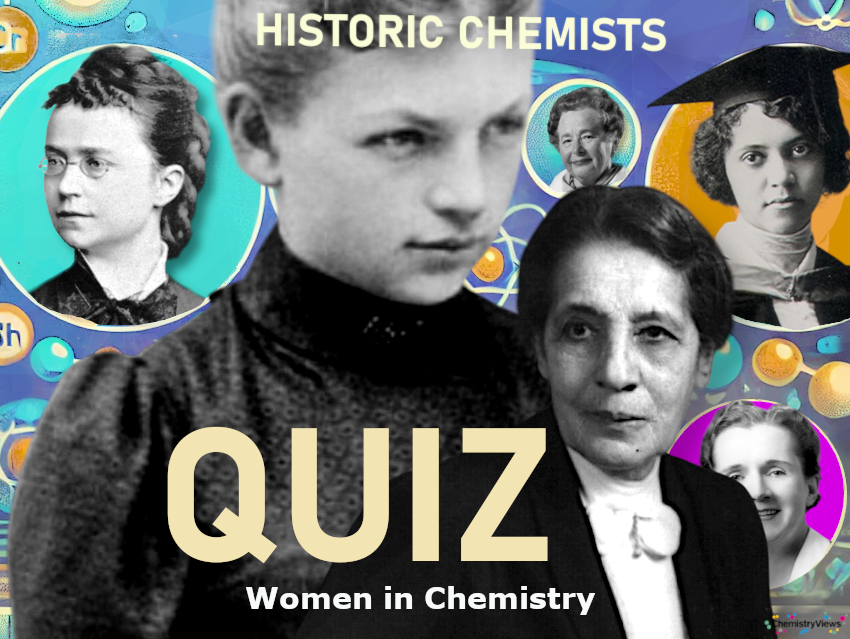
Quiz: Women in Chemistry Quiz
How well do you know the female scientists who have shaped the world of chemistry? Let’s find out!

Quiz: Making AI Think and Speak Like a Chemist
Aleksandar Kondinski and Xiaochi Zhou on reliable AI systems in chemistry such as Marie and OntoMOPs
